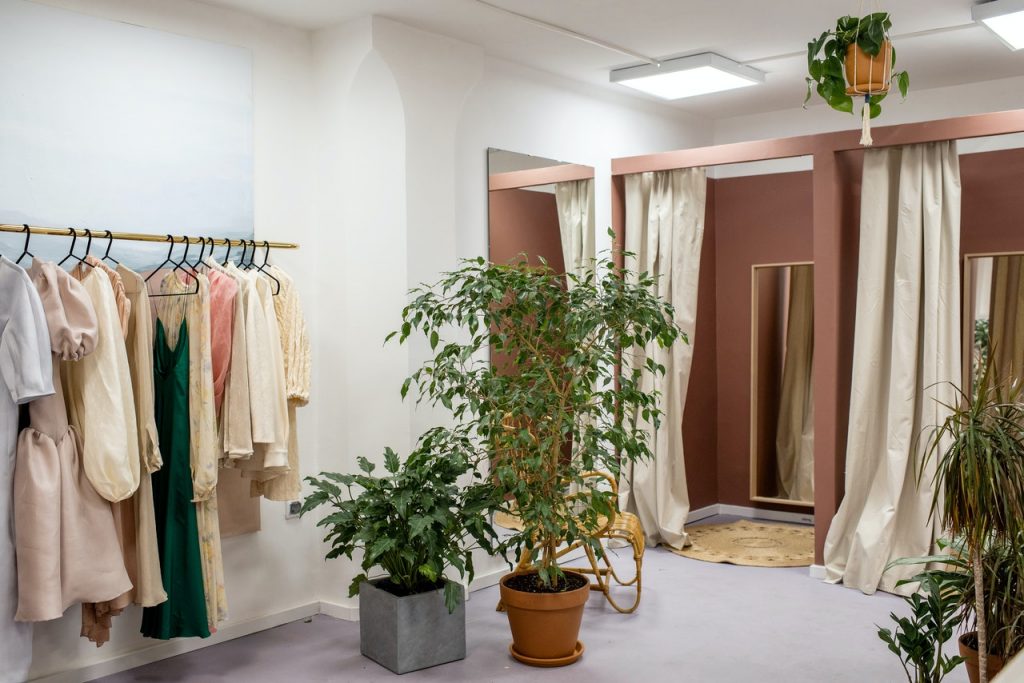Starting a retail business – Getting your retail store ready for business has many challenges. For most people keeping costs down is chief among them. Here are 3 ways you can save right out of the gate so your endeavor will have firm financial footing.

Keep Overhead Costs Down
Renting a space and paying for electricity can be big drains on your capital. Fortunately, there are ways to save on both of these recurring expenses. When it comes to leasing a storefront, realize that in most cases the asking price is negotiable.
Read: Improving Your Business Management Strategies
Some commercial real estate experts say that landlords often request a monthly rate that is at the top end of what they feel they can get for the space. They expect that prospective tenants will negotiate for lower rent. If you make a counteroffer at 15 to 20 percent below that rate, you are likely to arrive at a figure that works for both parties. Sign for longer than the minimum required lease term, as your landlord may be willing to drop the price per month if you show you are committed to keeping the space.
To reduce your monthly electricity expenses, seek out a location that is already energy efficient. More and more commercial properties are going green, and if your landlord hasn’t already invested in alternative energy then ask if he or she has plans to buy solar panels. If you are able to meet your store’s electricity needs by pulling from the building’s solar energy system, then you’ll have the potential to pay little or nothing for what is often a major expense.
Purchase Used Equipment and Fixtures
Most retail stores require fixtures like shelving, display cases and a cash wrap, plus basic equipment such as a point-of-sale system, printers, pricing guns and more. Depending on what you’re selling, you may need additional items. Rather than pay the hefty price of buying brand-new furnishings, consider looking for used versions of what you’ll need. Online marketplaces can be a great resource, and even your local fixture supplier or office machine company may have a resale or seconds department. Also watch for going-out-of-business sales, as stores that are closing may be parting with equipment as well as merchandise.
Visiting thrift or used furniture stores may also open your eyes to the possibility of repurposing items like kitchen hutches or accent tables as merchandise display pieces. There might even be something in your own home that would work. You can project a unique and eclectic style by getting creative with your fittings. The idea is that everything in your store needn’t be shiny and new if it’s attractive and interesting.
Pay Early or Pay With Cash
You may feel very tight on funds when you’re launching your retail business, but that means that every penny you are able to save is important. When purchasing equipment and merchandise, many companies will invoice you at special terms if you pay quickly. In retail, it is common to be offered a 2 percent discount for paying for goods within 10 days of receipt. If you have the money to do so, this is a great way to keep costs down and increase the profit margins on your merchandise. Paying early also helps establish a strong purchasing record for your business. Which can help you down the road if you need to make major acquisitions on credit.
Offering good, old-fashioned cash is another way to save. Businesses often prefer cash, particularly for larger transactions. This allows them to avoid paying merchant fees associated with credit card payments. Before committing to a purchase, shop around and inquire if a vendor will give you a cash discount.
These are just a few ways to save money when launching your retail business. Every dollar you save on the back end can be put into buying more merchandise and growing your customer base. This will help your store becomes as successful as possible.
